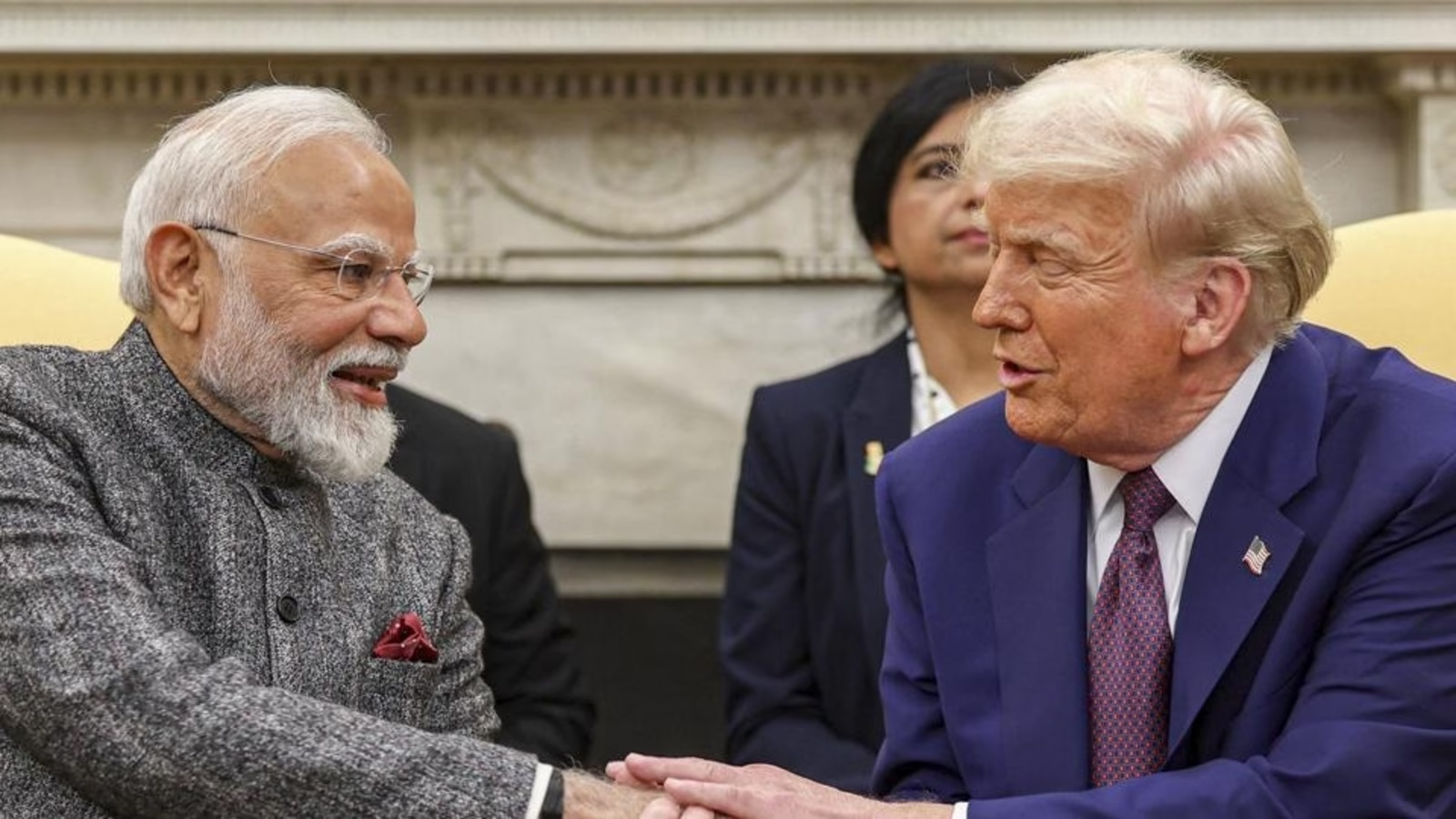Trump’s reciprocal tariff: Why experts feel India has relative cost advantage in textile sector
Industry experts on Thursday expressed confidence that India’s textile sector and farm exports could weather the impact of 27% US tariffs, citing the country’s relative cost advantage over competitors facing steeper duties.
The United States, under President Donald Trump’s administration, has imposed a 27% reciprocal tariff on Indian textiles and agricultural goods, citing high import duties levied by New Delhi on American products.
Trump, in a historic measure to counter higher duties on American products imposed globally, announced reciprocal tariffs on about 60 countries.
As the US president announced the tariffs at the White House Rose Garden, he held up a chart that showed the tariffs that countries such as India, China, the UK, and the European Union charge, along with the reciprocal tariffs that these countries will now have to pay.
The chart indicated that India charged 52% tariffs, including currency manipulation and trade barriers, and America would now charge India a discounted reciprocal tariff of 26%.
But according to the White House documents, there will be a 27% duty on India.
While the tariffs pose short-term challenges, experts highlighted India’s competitive edge in the global market.
“The 27% tariff on Indian footwear and garment exports to the US is a significant challenge, especially for businesses operating on thin margins. It will impact pricing and demand in the short term,” said Apollo Fashion International President Shiraz Askari.
However, he noted that compared to countries like Vietnam and Bangladesh, which now face even higher tariffs, India still retains a cost advantage.
EY India Partner and Retail Tax Leader Paresh Parekh said that, at present, the situation appears favourable for India’s textile sector.
“India competes globally for textile exports with countries like Bangladesh, Vietnam, Cambodia, Sri Lanka, China, and Pakistan. Interestingly, while Indian imports are subjected to a 27% tariff, these nations face even steeper tariffs: Bangladesh at 37%, Vietnam at 46%, Cambodia at 49%, Pakistan at 29%, China at 54%, and Sri Lanka at 44%,” he said.
The US imports textiles worth over $36 billion from India annually, and Parekh sees an opportunity for India to expand its market share.
“This situation poses an opportunity for the Indian textile sector to grab and increase its market share in the US. However, there is a risk as well — if there is slowdown in consumption in the US due to higher prices, the overall US market itself may shrink,” he cautioned.
He also suggested that inclusion of textiles in a potential “zero for zero” India-US trade deal could further strengthen India’s position.
Meanwhile, noted economist Ashok Gulati, chair professor at the Indian Council for Research on International Economic Relations (ICRIER), said India’s farm exports, including seafood and rice, could hold steady or even grow despite the 27% tariff.
“We should not look at the tariff increase in absolute terms, but see relative tariff increases with our competitors,” PTI quoted Gulati as saying.
For seafood exports, particularly shrimp, Gulati explained that India’s relative tariff advantage combined with shrimp’s small share in overall US food expenditure means demand is unlikely to shrink significantly.
Similarly for rice exports, where current US tariffs range between 9 and 11%, India maintains a competitive edge against Vietnam and Thailand despite the increase to 26%.
